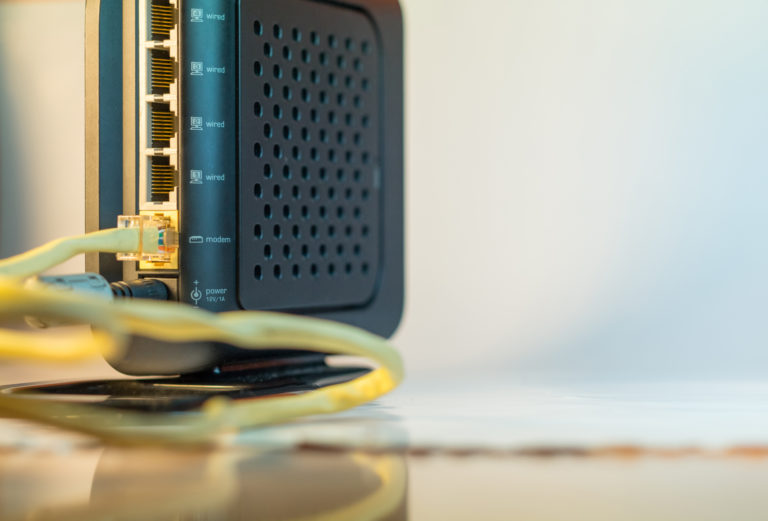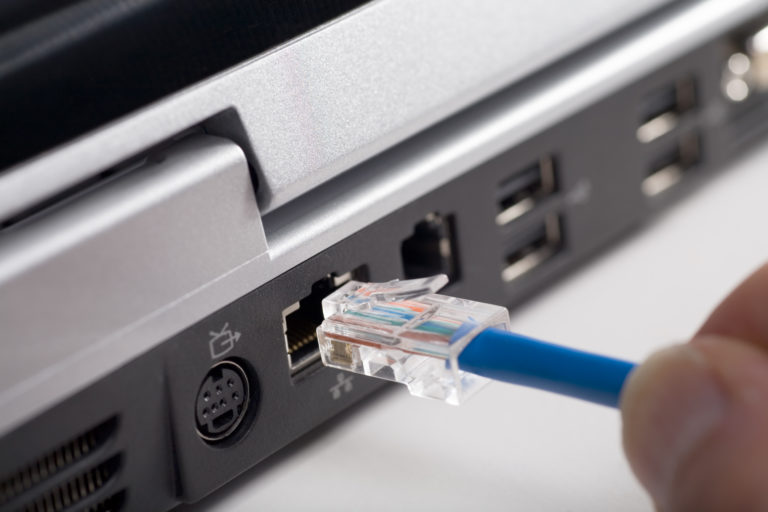Cable internet service uses the same coaxial cable network as cable television to provide your home with internet.
First, your internet service provider sends a data signal through the coaxial cable, or coax cable, into your home—specifically, to your modem.
The modem then uses an Ethernet cable to connect to your computer or router, which is what gives you access to high-speed internet. If you choose to use a router, you can then broadcast a Wi-Fi signal throughout your home.





